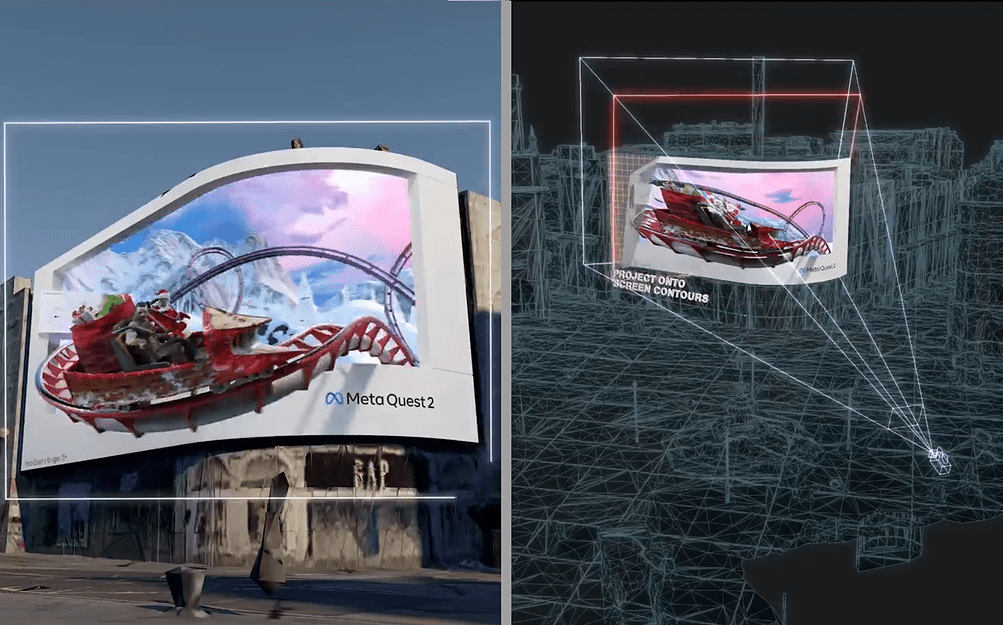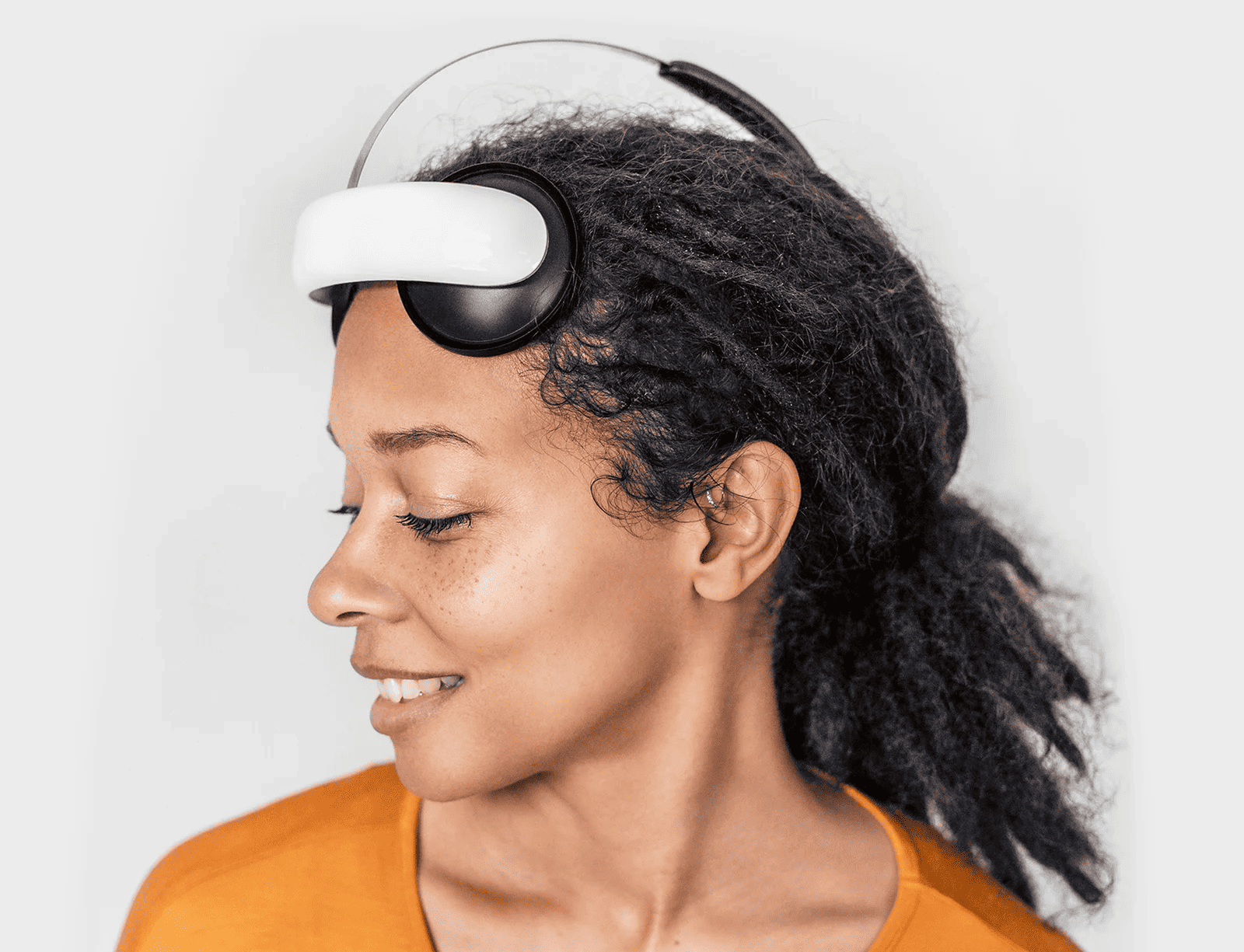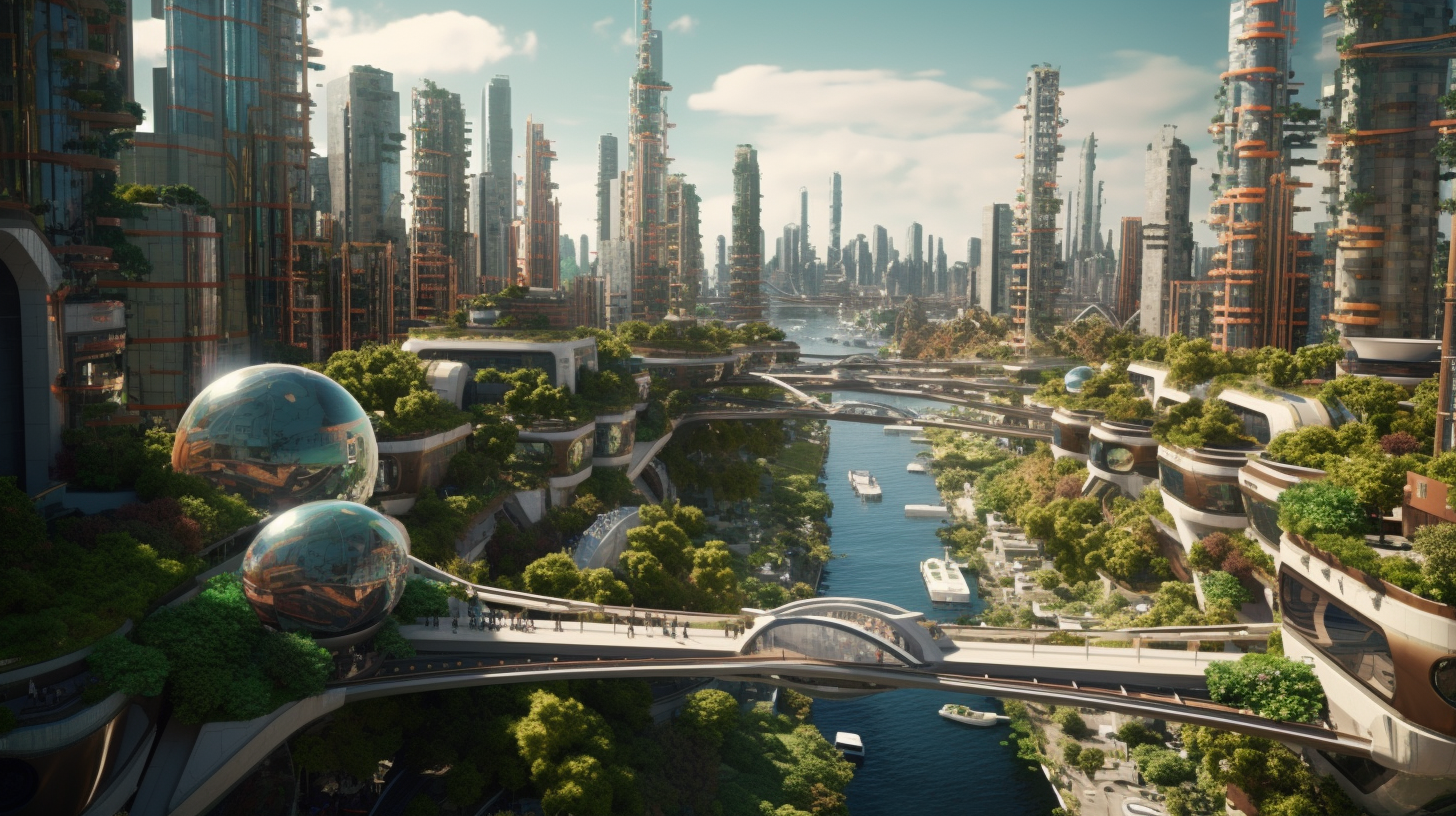
Naked eye 3D technology is transforming urban landscapes, offering a novel visual experience without the need for glasses. This technology utilises human eye parallax to create realistic, immersive effects on outdoor LED screens. Most effective in corner screens, these displays have become a hot topic on social media. The technology involves the use of two LED surfaces with different angles that create videos conforming to the principle of perspective. When viewers stand in front of these corner displays, they can see the side and front of the object simultaneously, resulting in a realistic 3D effect.

Although not an innovative revolution in itself, naked eye 3D technology is considered a highly creative way of technical expression, as it brings a novel and unprecedented visual experience to the audience. This trend has encouraged artists and designers worldwide to explore the potential of outdoor LED screens, boosting the development of the industry chain.
Examples and applications
Several successful examples of naked eye 3D LED displays include South Korea’s SM TOWN 3D wave screen, Taikoo Li Chengdu spaceship, and Kaisa City Plaza. The integration of these LED displays into buildings and public spaces has created a unique multimedia experience for viewers. The technology not only serves as public art media but also increases brand value and leads the pursuit of beauty in urban environments.
Naked eye 3D LED screens have been used for various purposes, from advertising campaigns to public art installations. Some notable examples include a realistic 3D calico cat that appeared on a billboard in Shinjuku, Tokyo, which attracted significant attention and became a popular landmark in the area. Another instance is the immersive 3D billboard experience created by Balenciaga and Fortnite in cities like London, New York, Tokyo, and Seoul, featuring character Doggo wearing Balenciaga.
Challenges and limitations
While the technology offers numerous benefits, it also faces several challenges and limitations. First, the high costs of 3D content production and the need for customized 3D content for each screen can be a barrier for some businesses. Additionally, visual fatigue and difficulty in integrating brand content with the technology can limit its effectiveness in advertising campaigns.
Not all outdoor LED media are suitable for naked eye 3D technology. Factors such as screen quality, installation precision, and creative requirements for realistic materials play crucial roles in determining the success of these displays. Moreover, the technology’s unique viewing angle requires the audience to stand at a fixed position, which may not be feasible in all urban spaces.
The future of naked eye 3D LED Displays
The future of naked eye 3D technology in the outdoor media industry depends on continuous innovation and the ability to add value to businesses. As the technology continues to develop, it is essential to focus on creativity and design rather than relying solely on popular trends. The potential for collaboration between studios, creators, and brands in the world of 3D anamorphic billboards offers exciting opportunities for immersive and engaging advertising campaigns.
As urban landscapes evolve, naked eye 3D LED displays have the potential to revolutionize the way we experience public spaces. By combining cutting-edge technology with creative expression, these displays offer a glimpse into the future of outdoor media and the endless possibilities it holds.








